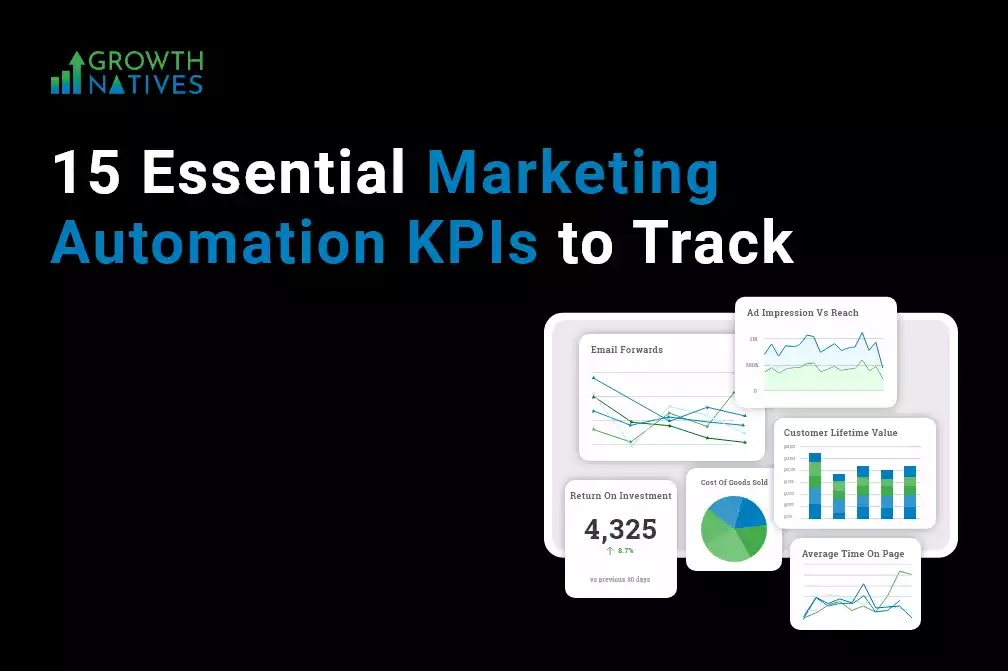
The Ultimate Guide for Crafting Go-to-Market Strategy
By Sakshi Arora
May 3, 20228 min read
Regardless of the business niche, entering any new market is always a big risk. When introducing a new product, the last thing you want to do is ;launch it without a proper go-to-market strategy.
It's impossible to know if you're chasing the wrong audience, entering a market too early or too late, or targeting a market that's too saturated with similar solutions without good preparation — and you don't want to waste time and money on an unsuccessful product launch.
When you are piled up with deadlines and all your resources are filled, a go-to-market strategy will guide you toward the right path. It works as a blessing in disguise, assisting you with fresh strategies to target the right audience and giving you a route to make the most of your brand efforts.
How Does a Go-to-Market Strategy Model Work?
To quote directly, a go-to-market strategy model is designed in a way to deliver and promote products and services to a target audience for increasing the customer base. The model also includes brand value and market communication among B2B and B2C prospects.
The GTM strategy aims to acquire the desired recognition, presence, and value in a specific region. Companies that are looking to expand their brand horizons such as brand awareness, conversions, or increased sales in new markets are in utmost need of a go-to-market strategy.
Go-to-Market Strategy Vs Marketing Strategy
Even though the end goal is similar, GTM and a marketing strategy are quite different. When we talk about go-to-market strategy, it is a one-time or a short-term approach used by marketers during a new product launch or at the time of entering a new market. On the other hand, a marketing strategy is the continuous effort to make a brand reach its potential, attract customers, and retain the competitive edge.
A marketing strategy is concerned with how a corporation may reach out to a certain market through time and deliver on its entire value proposition. The goal of a go-to-market strategy is to figure out how to get new products or services onto the market.
What Is a Successful Go-To-Market (GTM) Strategy?
A company looks for different ways to reach their market goals, increase business stability, or even empower their business. But when a company does so, it comes with unanticipated risks and difficulties. It is essential for your business to have a detailed, strategic, and customized layout.
Before you decide you get into a new market venture, make sure your business is ready for it. This means that if you are planning to take your business to an international market, every member of your organization must be on the same page.
You can ensure this by:
1. Defining Goals
Depending on your marketing goals, you need to ask yourself what is the reason behind this particular decision. For example, if you want to increase your digital landscape overseas, for that, you have to be explicit about your business objectives and make sure they can be accomplished.
2. Acknowledging Capabilities
Whether your goal is big or small, or you are already a well-established brand, it is important to consider your organizational footprint and internal business capabilities. You can check it by addressing what are your present requirements and what you might be needing in the foreseeable future.
3. Encouraging Informed Decision-Making
One of the crucial resources for any organization is informed decision-making. Any misalignment in this process can lead to a catastrophe, especially when you are entering a new market. Thus, in the go-to-market (GTM) strategy, you have to begin with proper analysis and work on constant modifications.
What Are the Important Components of a GTM Strategy?
A GTM strategy will be successful when you are well-accumulated with the three major components of this approach. Just like every marketing strategy you opt for, you start by thorough research before putting everything in order. The go-to-market (GTM) strategy unfolds piles of information in a succinct form.
1. Target Audience
You need to understand who is the right audience for your product. Who is going to buy your product? And how can your strategy help them address their problems? While you focus on the above questions, also try to work on the pain points that can arrive while crafting your GTM strategy. Furthermore, try to analyze the value your product will add to the lives of your prospects and are willing to pay the price you quote.
2. Competitive Edge
Staying ahead of your competition is an important part of running a business. Therefore, start analyzing your competition not only domestically but also overseas (if you plan to launch on an international level). Look for what strategies they are using and how well they are performing.
The market, most of the time, is oversaturated. So check whether there is a demand for your product or service. Furthermore, do not implement the same strategy for each product. This is a one-time strategy and it should be constantly changed based on the current market trends.
3. Distribution
Last and the most important is distribution. To meet this step, find out where and how you want to distribute your product. What customers do you want to target for marketing and distribution? More importantly, analyze how it can be achieved. Additionally, you have to search and understand the mediums you want to use to distribute your products. Based on those mediums, you need to create strategies that will target the right demographics and will extend your market reach.
How to Craft a Go-to-Market Strategy?
GTM strategy is an imperative tactic for your business, you don’t want to risk yourself towards its failure. Take time to think and build the strategy and accomplish the needed goals.
1. Understanding the Buyer’s Persona
You might think of it as a stereotype, but this is one thing that each organization regardless of the niche has to focus on. The first thing to do while preparing your product or service to launch in the market is to consider your customers.
Adding to this, a report from Gartner states that for any B2B company it is essential to have at least 6 to 10 decision-makers. Though this might take you to a complicated selection setup, it will indeed help in forming the right decision that will attract the right audience and help you with your new marketing objective.
2. Evaluating Growth Opportunities
Organizations need to communicate business objectives to easily engage with the prospects and augment the business. Once a company has a clear understanding of its business goals and all the quantifiable objectives are aligned, it becomes easy to analyze the customer decision journey.
Customer journey plays an integral role in crafting strategies for a GTM strategy. When a company can understand how a customer thinks and what their approach is before buying a product, it becomes easy for them to craft a strategy for driving engagement and generating conversions.
3. Integrating the Right Tools
You cannot meet your business and marketing goals without incorporating the right tools. For each GTM strategy, you need digital marketing tools. Leveraging tools like social media, SEO, content marketing, display ads, and so on will help you to start constructively on the digital footprint.
Integrating such marketing tools into your strategy will effectively help you to hit your goal and meet your business objective. Adding to this will help you to significantly increase brand awareness and reach the target audience in a short span of time.
4. Targeting Inbound Leads
As compared to outbound leads, you can easily target and convert your inbound leads. They are not only easy to acquire but are also inexpensive. Inbound leads are already familiar with your business proposition and are generally more aligned to buy your product.
You need to invest in efforts and tools like content creation, social media, and search engine optimization to engage with the inbound leads and try to convince them to buy.
5. Working on User Experience
Marketers have escalated towards advanced marketing strategies, which involve assisting companies to provide the best brand experience. Whether it is for a particular market or all distribution channels, brand experience is the one thing that remains on the top of a marketer’s mind today.
Properly planning and optimizing the brand’s value will help in achieving massive growth. User experience plays a huge role in making or breaking your brand. If your users are impressed with not only your products but the whole journey from choosing to purchasing a product, it will add good value to your brand, leading to positive word-of-mouth.
Conclusion
Attracting your target audience is an art, and with an effective GTM strategy this task can be easily accomplished. Moreover, a strategic plan when implemented correctly for a product launch or entering a new market will make you stand out from your competition.
Samsung, Apple, and Nike amongst other brands use a go-to-market strategy to keep their audience excited even before the product launch. During the designing of the product, it is imperative for companies to create a competent GTM strategy and modify it as per the market conditions.Carefully implementing the above-mentioned methodologies in your go-to-market approach will provide you with better opportunities to succeed.
Need help building an optimal GTM strategy for your business? At Growth Natives, we have a team of expert marketers who will help you boost your go-to-market leads in no time!




